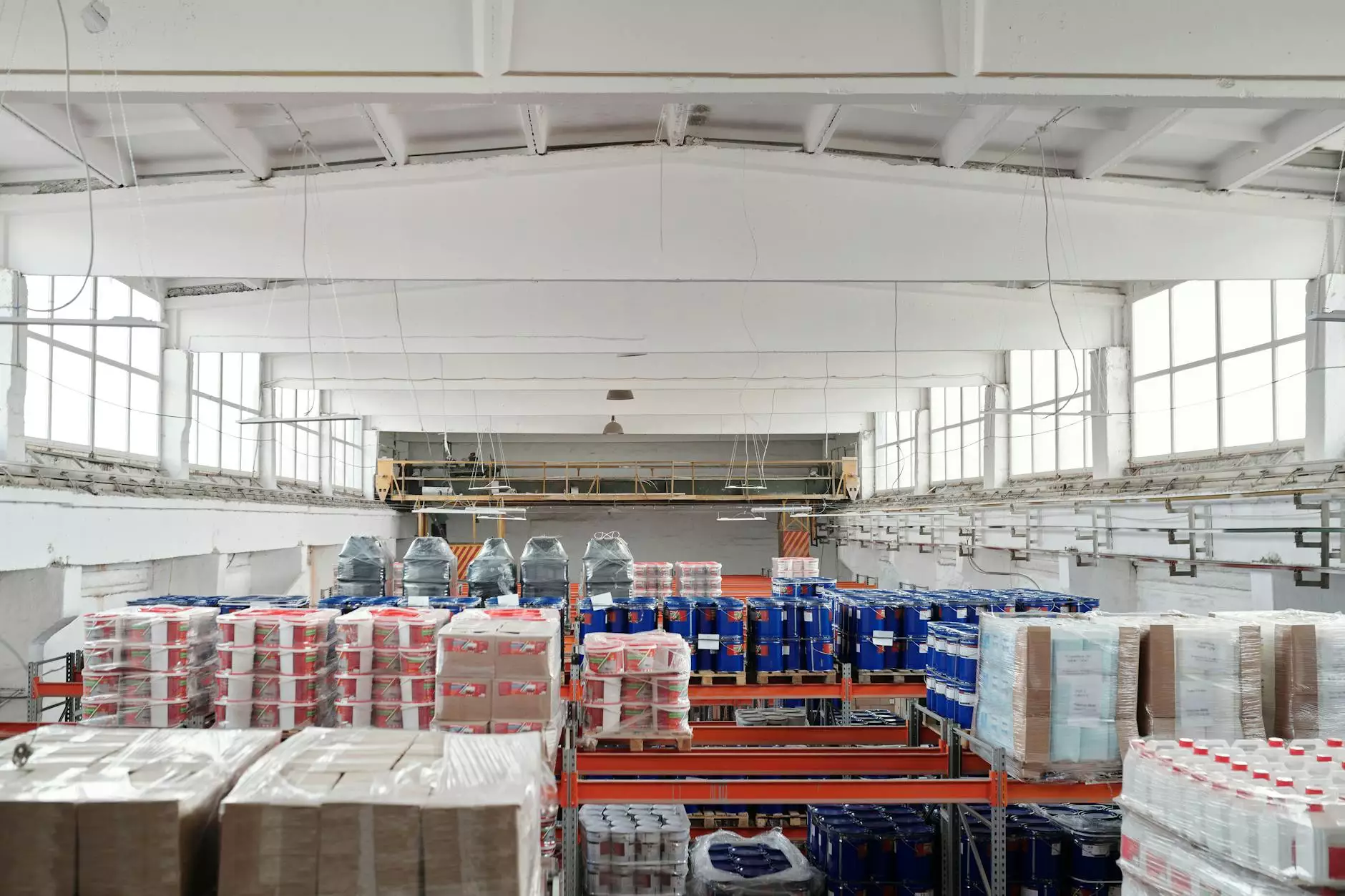Understanding How to Calculate Freight Costs Effectively

Calculating freight costs is a critical component of any business that involves shipping goods. For businesses looking to manage their logistics efficiently and cost-effectively, understanding the nuances of freight costs is indispensable. In this article, we will dive deep into how to calculate these costs, the factors that influence them, and the key considerations for shipping your products. We will also explore the advantages of collaborating with freight professionals and utilizing advanced technologies in freight management.
The Importance of Calculating Freight Costs
Calculating freight costs accurately is essential for several reasons:
- Cost Management: Knowing freight costs allows businesses to budget better and avoid unexpected expenses.
- Pricing Strategy: Accurate freight calculations enable companies to establish competitive pricing for their goods.
- Logistical Efficiency: Understanding freight costs helps in optimizing shipping methods and routes, leading to faster delivery times.
- Customer Satisfaction: Transparent freight costs enhance trust and satisfaction among customers, as they appreciate clear pricing without hidden fees.
Understanding the Components of Freight Costs
To effectively calculate freight costs, it is crucial to understand the various components that contribute to the total cost. Below are the primary elements:
1. Weight and Dimensions of the Shipment
The total weight and dimensions of your shipment play a significant role in determining freight costs. Carriers often charge based on the greater of the actual weight or the dimensional (volumetric) weight. Dimensional weight is calculated using the length, width, and height of the package, allowing carriers to assess space consumption in their vehicles.
2. Distance Traveled
The distance from the shipping origin to the destination affects freight costs. Generally, the longer the distance, the higher the cost. Routes that require special handling or go through remote areas may incur additional fees.
3. Type of Shipment
Different types of shipments (e.g., standard, express, or freight consolidation) impact costs. For example, expedited shipping comes at a premium, while consolidation might reduce expenses by combining multiple shipments into one.
4. Mode of Transportation
Choosing between air, ocean, rail, or truck transportation will significantly affect your freight costs. Air freight is generally the fastest but also the most expensive, whereas ocean freight offers a more economical option for large shipments but takes longer.
5. Freight Class
This applies particularly to LTL (Less Than Truckload) shipments. Freight class is a classification system that considers the shipment's type, value, density, and handling requirements. Shipping carriers assign different costs based on these classes.
6. Additional Fees
Additional fees, such as fuel surcharges, tolls, or customs duties, can also add up. It’s essential to be aware of these potential costs when calculating your overall freight expenses.
Steps to Calculate Freight Costs
Now that we have established the components that make up freight costs, let’s discuss the steps to calculate freight costs effectively:
Step 1: Gather Shipment Details
Collect all relevant information regarding your shipment, including weight, dimensions, destination, and the nature of the goods. This data is crucial for accurate calculations.
Step 2: Determine Freight Class
If your shipment qualifies for LTL freight, determine its freight class using the National Motor Freight Classification system. This classification will significantly influence the rates offered by carriers.
Step 3: Use a Freight Rate Calculator
Many online tools and calculators can provide quick estimates based on the information you input regarding weight, size, class, and shipping destination.
Step 4: Compare Shipping Quotes
Once you have the preliminary estimates, it's wise to compare quotes from different carriers. Prices can vary considerably, so ensure that you are getting the best deal.
Step 5: Account for Additional Costs
Consider all additional fees that may apply. Make sure you ask carriers about any potential surcharges to avoid unexpected costs.
Tips for Reducing Freight Costs
Once you understand how to calculate freight costs, consider implementing some strategies to reduce these expenses:
- Optimize Packaging: Use the right size and type of packaging to minimize dimensional weight.
- Leverage Technology: Utilize freight management systems to improve efficiency and reduce costs.
- Negotiate Rates: Building a relationship with your carriers can provide opportunities for better rates.
- Plan Shipments Wisely: Consolidate shipments and choose economical shipping methods whenever possible.
- Stay Informed: Regularly check for changes in rates and market conditions to make timely decisions.
The Role of Shipping Centers and Business Consulting
Shipping centers and business consulting firms can offer valuable assistance in calculating freight costs. Here’s how:
Shipping Centers
Shipping centers provide businesses with resources and services that can help streamline the shipping process. These centers often have established relationships with carriers, enabling them to negotiate better rates on behalf of their clients. Additionally, they can offer advice on packaging, labeling, and compliance with transportation regulations.
Business Consulting
Business consultants specializing in logistics can provide tailored strategies to optimize your shipping operations. They can perform cost analysis, identify inefficiencies, and suggest improvements that can lower freight costs while ensuring timely deliveries.
The Future of Freight Cost Calculation
The logistics industry continues to evolve, and technology plays a significant role in shaping the future of freight cost calculation. Here are some trends to watch:
Automation and Artificial Intelligence
Companies are increasingly using automation and AI to analyze shipping data and predict costs more accurately. These technologies can help in real-time decision-making, allowing businesses to adjust their logistics strategy dynamically.
Blockchain Technology
Blockchain is being explored for its potential to enhance transparency and trust within the supply chain. This technology could help in tracking shipments and verifying costs, ultimately improving freight cost accuracy.
Data Analytics
Big data analytics is set to revolutionize how businesses calculate and manage freight costs. By leveraging data, companies can gain insights into shipping patterns, identify cost-saving opportunities, and improve overall efficiency.
Conclusion
Understanding how to calculate freight costs is vital for any business involved in shipping products. By grasping the various components that contribute to freight costs and utilizing strategic methods to manage them, businesses can achieve significant savings and operational efficiency. Whether you are shipping via local hubs or international freight, having a thorough grasp of your costs will empower you to make better business decisions.
Consider partnering with shipping centers and consulting firms to leverage their expertise and enhance your shipping strategy. Remember, an informed approach to freight costs not only helps your bottom line but also enriches your customer relationships by providing transparent and competitive pricing.









